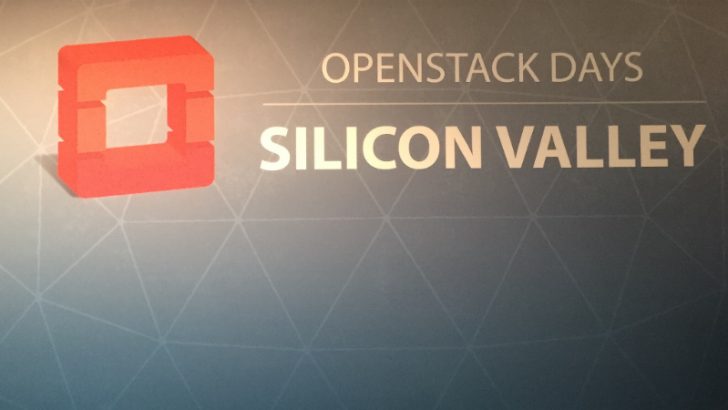
The OpenStack Silicon Valley Days conference was kicked off by Jonathan Bryce, Executive Director, OpenStack Foundation. He started with an upbeat assessment of OpenStack adoption around the world. His message was clear. OpenStack is no longer a new technology, it’s production ready and companies are rushing to adopt it. To be fair, it’s Bryce’s job to be a cheerleader for OpenStack. However he delivered compelling numbers to back it up.
Asia market exploding
OpenStack has been paying a lot of attention to Asia in the last year. Bryce says that the number of people attending conferences are hugely strong. Tokyo saw more than 2,000 attendees, Beijing 2,500 while Taipai hit 3,000. These numbers are much higher than previous conferences in the region.
Companies in China are jumping into OpenStack. Bryce names China Union Pay, China Telecom, China Mobile and the State Grid of China as four examples. All of these companies are currently deploying OpenStack across their organizations.
Survey results are very positive
There are also highly encouraging results from the recent OpenStack survey. Surveys can often be misleading and few get enough respondents to make their numbers representative. Bryce told the audience that over 1,100 people had responded to the latest survey the OpenStack Foundation had put out. 65% of the respondents said that they are in production with OpenStack. This represents a 33% increase over last years survey.
Bryce believes that these are real workloads on OpenStack but gave no detail on what type of workload they are. It would be interesting to know more about those workloads. For example how many are pilot projects? How many are full replacements for on-premises IT? If these are new workloads that would not have happened with on-premises installations this is very good news. It would show that cloud really is delivering new IT solutions rather than being a replacement for existing services.
Over 97% of respondents said standardised APIs were a key reason for the move to OpenStack. This is a big success for OpenStack. It underpins the whole idea of customers being able to use any OpenStack implementation they want. It was also one of the reasons for the launch of the OpenStack Power Logo in Vancouver last year. This was the conference where vendors were told to ensure that their OpenStack distributions did not create a lock-in problem for customers.
Customer satisfaction a big issue
The Net Promoter Score is a measure of how successful a company is doing. If your score is higher than your competitors you are likely to be growing market share. Lower and you run the risk of losing customers. Most industries use it to understand how they are doing in terms of customer satisfaction. Scores can range from a low of -100 to a high of 100.
According to Bryce the average score for the software industry is just 20. Over the last year OpenStack has gone from 20 to 29. More importantly for those who are actively running OpenStack in deployment the score is closer to 40. How badly the OpenStack score is affected by early adopters is hard to tell. Bryce says that the OpenStack Foundation is not sitting back. While the score is moving in the right direction there is an acceptance that there is more to do.
Conclusion
OpenStack has had a good year. The rise in adoption, the increase in production workloads and increased customer satisfaction are hugely positive. It has also managed to stop vendors building OpenStack distributions that were potentially incompatible. It will be interesting to see what things look like this time next year.


























